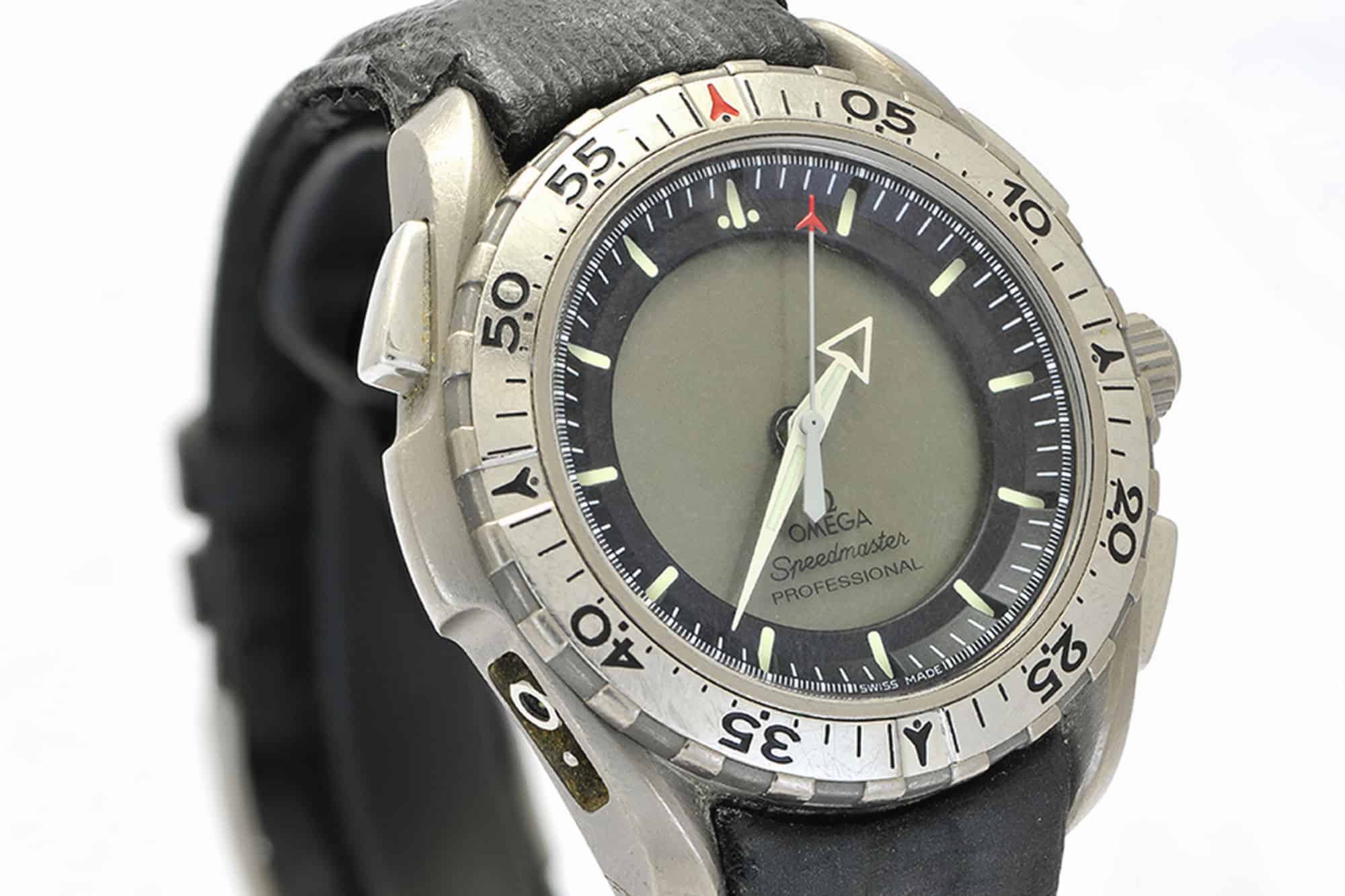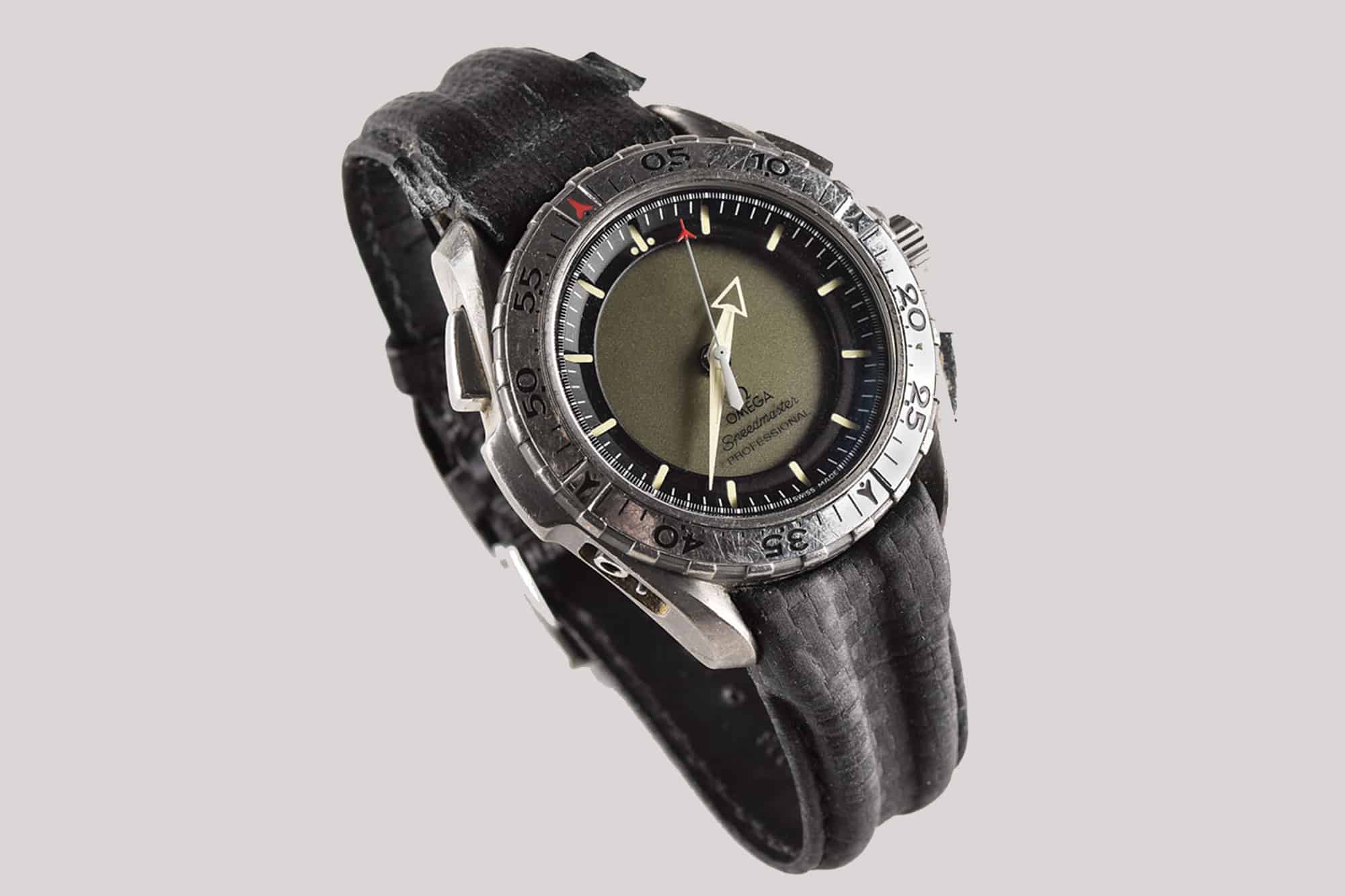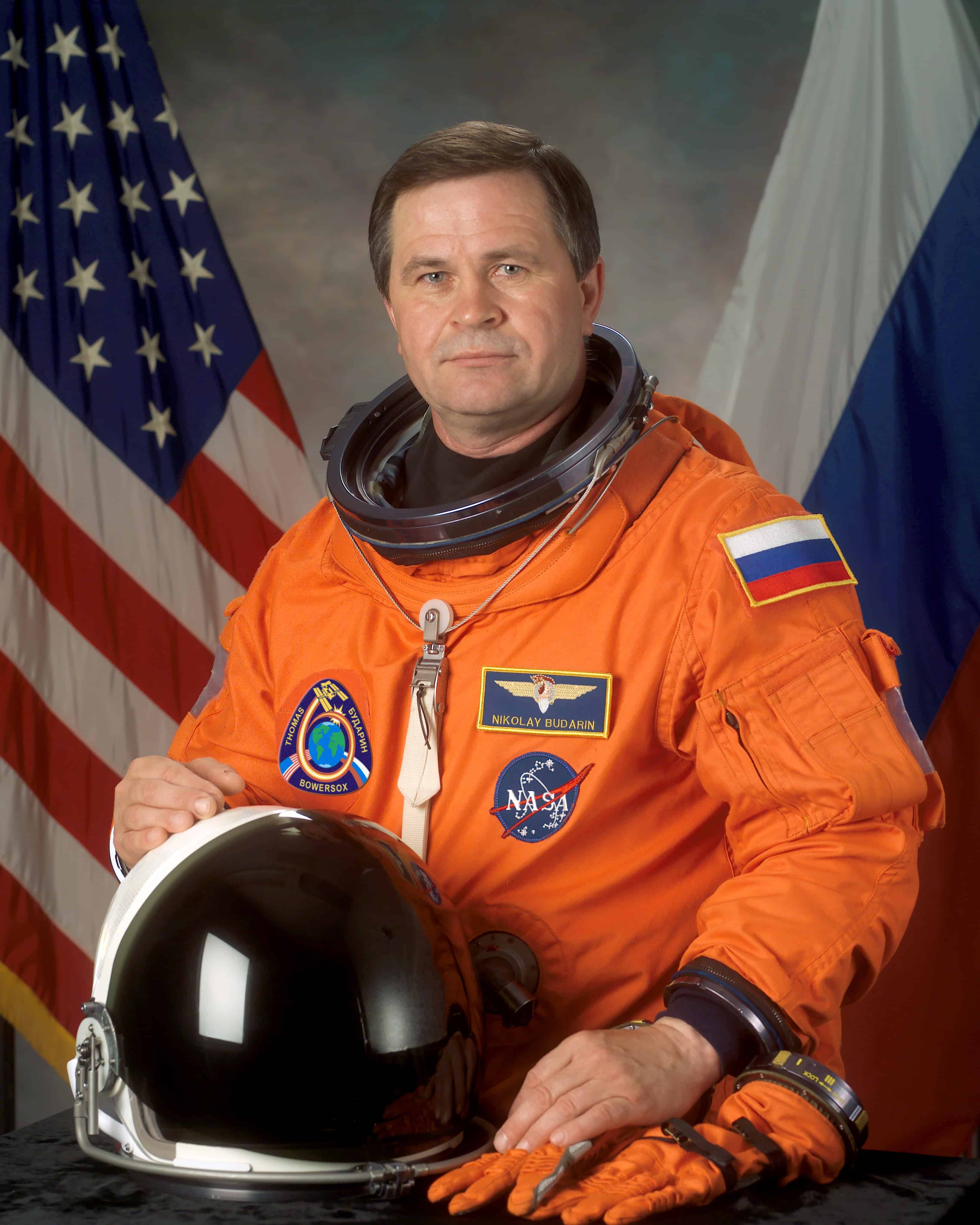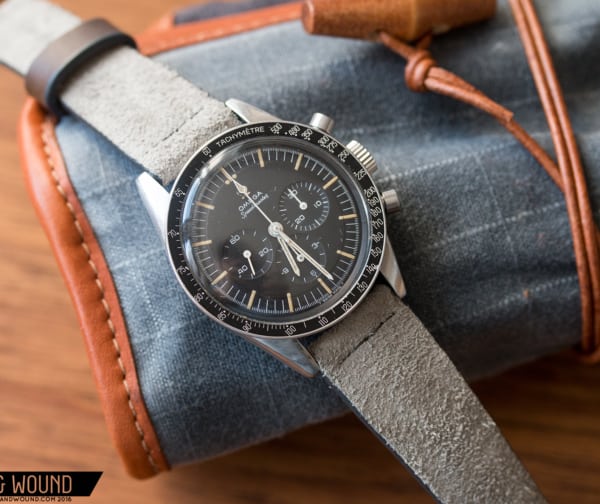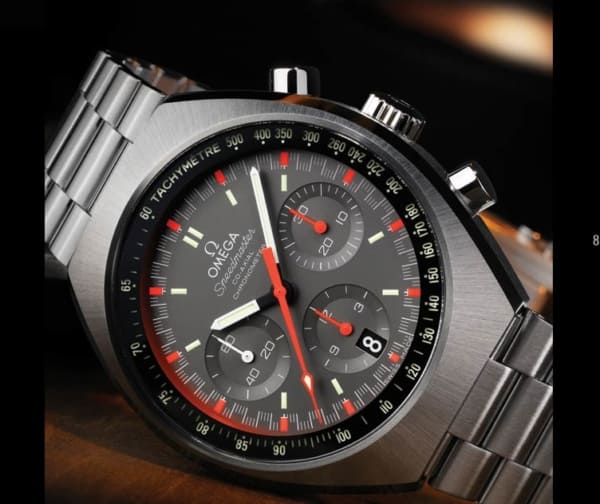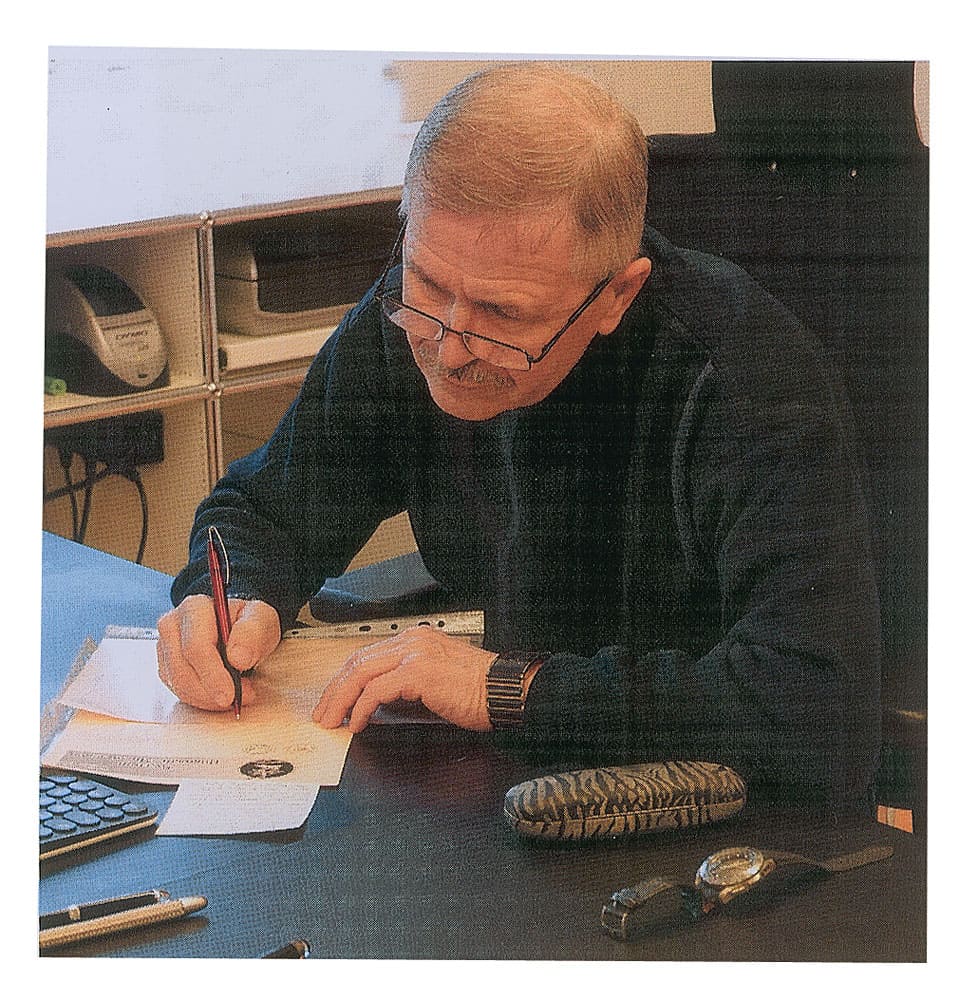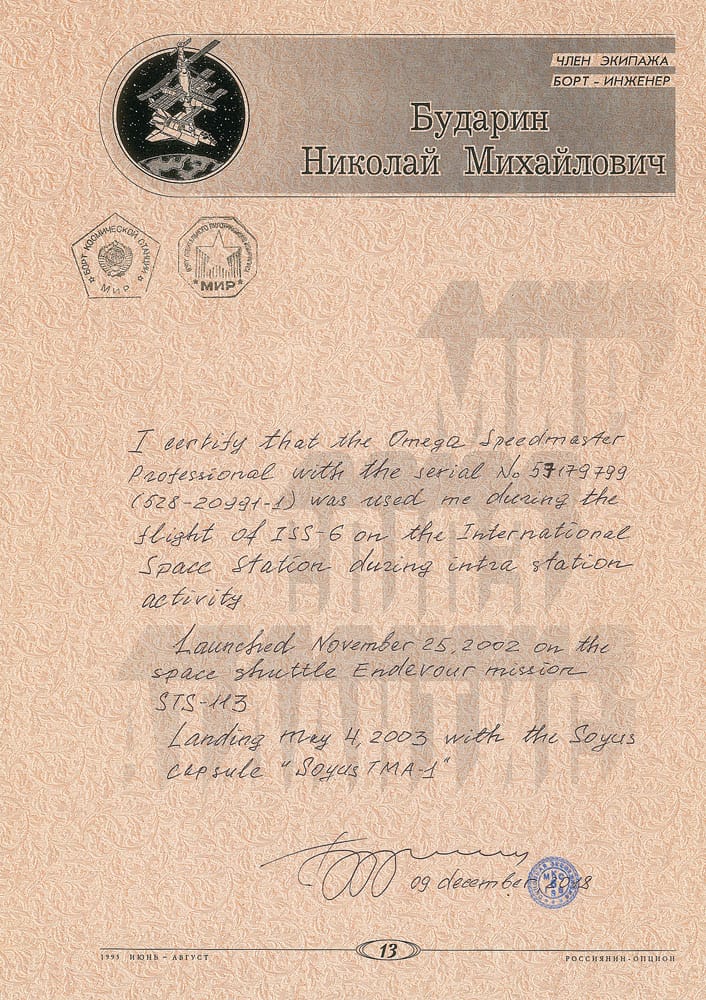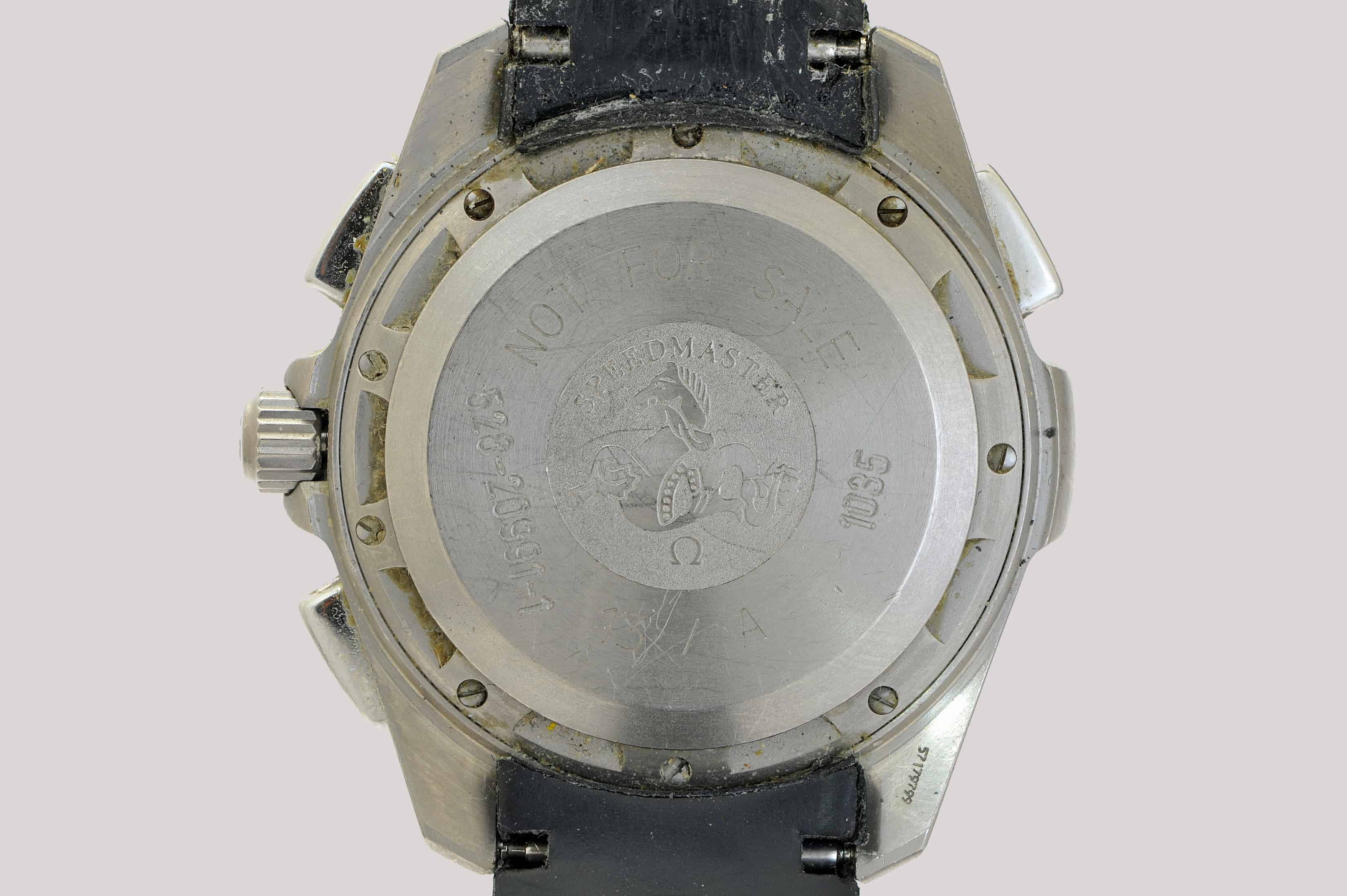There’s always something rather cool about having a watch that’s capable of doing more than just going to the office, sitting in a pub, and maybe even enduring a tough game of golf. It’s one of the reasons people like Submariners; if it can survive to 660ft, the rigors of the the swim-up bar on holiday shouldn’t be too much of a bother, should it?
So how about a watch that’s not only capable of space flight, but has been there, done that and bought the space suit? Here’s your chance to get your mitts on Cosmonaut Nikolai Budarin’s space-flown X-33 Speedmaster Professional.
As you’re reading this, you probably already know the story of Walter Schirra’s personal Omega Speedmaster ref. CK 2998 being the first Omega in space on the Sigma 7 mission of the 1962 Mercury Programme. You’ll know about the first watch in space; Yuri Gagarin’s rather more humble Sturmanskie in 1962. But here’s an ana-digi member of the rather exclusive club of watches that have made it up and back again — the Omega X-33.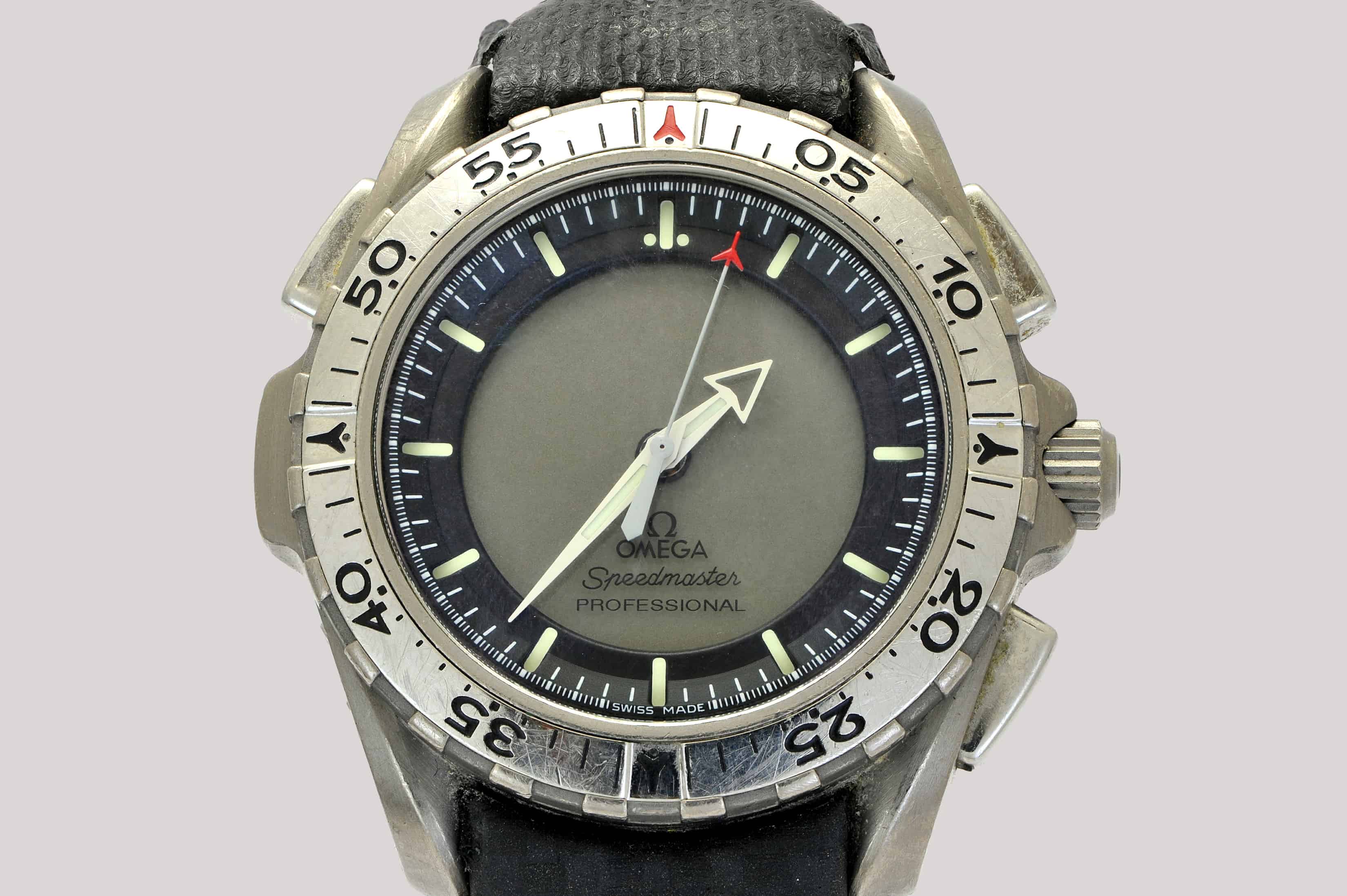
Whilst everyone in Watchworld knows the traditional wind-it-yourself mech Speedie, most people don’t realize there are actually more digital or ana-digi variants of the Speedmaster, from the wonderful mid-1970s LCD 1620 series with their round, square, and rectangular cases through to the modern Skywalker X-33.









 Featured Videos
Featured Videos




